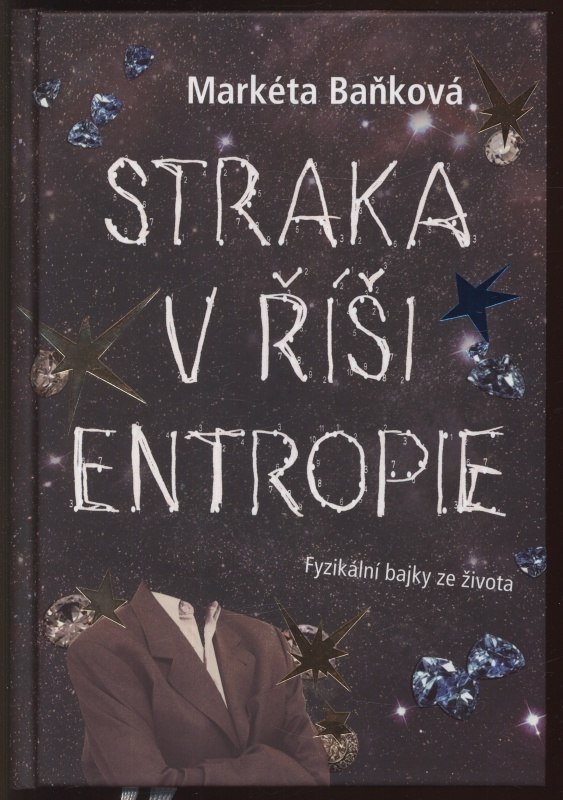Format: Hardcover. You can purchase it on Knihobot
- Publisher: Petr Prchal
- Publication date: 2010
- Language: Czech
- Print length: 140 pages
- ISBN: 978-80-87003-26-8.
The Hungarian edition was published by Typotex Publishing Ltd. in 2019 and can be purchased at Typotex.
Ever since the world began, people have enjoyed telling and listening to animal tales. The fables of Aesop, Phaedrus, and La Fontaine were not written for children but intended for adults. The main purpose of these tales is to tell the truth, to expose the abuses and excesses of those in power. The animal protagonists actually embody human characteristics; the storyteller holds up a kind of distorted mirror to the audience.
In the past two hundred years, perceptions of these tales have changed: many believe that if something is a “fairy tale,” it must be childish, and if it is childish, it must be for children. As a result, people don’t read them, and don’t even know them.
Czech author Markéta Baňková’s book of tales, inspired by physical laws, now offers readers a new kind of classic animal fable. The author graduated from the Academy of Fine Arts in Prague and illustrates her own work. In her writing, she popularizes science through fiction, often spiced with dark humor and absurdity.
These tales now have scientific, rather than moral, lessons.
Why doesn’t the hippopotamus sink in water?
What happens when a cheetah tries to race with light?
What are the thermodynamic laws of a rabbit’s life?
And what might mice have thought of the famous cat owner named Schrödinger?
The heroes of these tales seek answers to such questions. The nine stories can be considered physically accurate—if we allow for the freedom the genre permits. For example, as Einstein’s theory of relativity predicted, very strange things would indeed happen to a cheetah running at extremely high speeds.
In fact, according to his own admission, Einstein did nothing more than try to answer a question he had asked as a child: What would I see if I ran faster than light? He found the answer. But what about the cheetah?
If the cheetah were to run faster than the speed of sound, a sonic boom would be heard everywhere it dashed—just like a supersonic aircraft. That’s physics. But for that boom to actually happen and scare a poacher to death—that’s the stuff of fairy tales.
In fairy tales, many impossible things become possible. For example, even children might clean their rooms. Magpie children, of course—not real human children. As we all know, a child’s room is the realm of chaos, with extremely high entropy as its default state.
And there’s a strong, scientifically sound argument against tidying up: tidying increases entropy. That is, the physical work involved in cleaning is transformed into heat, which disperses throughout the home and manifests as an increase in the random motion of atoms.
So while we strive to bring order to the house on a macroscopic level, on the atomic level we create even greater disorder. This argument is, of course, a bit shaky, since the room is not an isolated system—but it’s such a good excuse!
And if for no other reason, that’s a good enough reason to read fairy tales.

